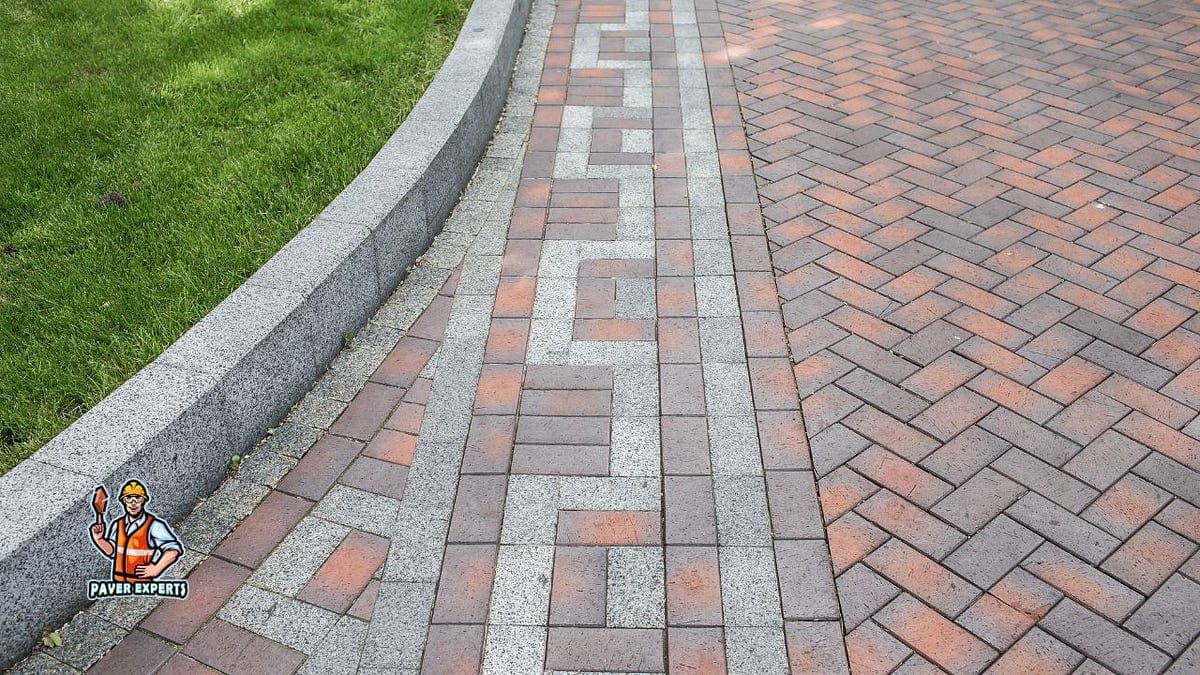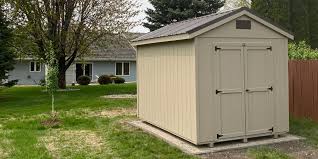Mastering the inner workings of water pumps is essential for understanding how they function, troubleshooting issues, and performing maintenance. Water pumps are mechanical devices designed to move water from one place to another, and they are commonly used in various applications, such as residential water supply, irrigation, industrial processes, and more. Here’s an overview of the key aspects of water pumps:
Types of Water Pumps:
There are various types of water pumps, each designed for specific applications. Some common types include:
- Centrifugal Pumps: These pumps use a rotating impeller to create a flow of water. They are widely used for low to medium flow rates and are suitable for applications like residential water supply and HVAC systems.
- Positive Displacement Pumps: These pumps trap a fixed amount of water and push it out, making them suitable for high-pressure and low-flow applications. Examples include diaphragm pumps and piston pumps.
- Submersible Pumps: These are designe to be submerged in water and are commonly used for deep well pumping, sewage systems, and sump pumps.
- Jet Pumps: Jet pumps use a combination of suction and pressure to move water. They are often use in shallow well systems.
Components of a Water Pump:
Understanding the various components of a water pump is crucial:
- Impeller: This is the rotating component that generates the centrifugal force, pushing water outward from the center.
- Housing or Casing: It encloses the impeller and directs the flow of water.
- Inlet and Outlet Ports: These are where water enters and exits the pump.
- Shaft: The impeller is connect to the shaft, which is driven by a motor or engine.
- Seals and Bearings: These components prevent water from leaking out and keep the shaft aligned.
How Water Pumps Work:
The operation of a water pump can be summarize in a few steps:
- The motor or engine drives the shaft, which in turn rotates the impeller inside the casing.
- As the impeller rotates, it creates a centrifugal force that pushes water away from the center of the impeller and into the casing.
- The water is then force out of the pump through the outlet port, creating a flow.
Maintenance and Troubleshooting:
To keep a water pump functioning properly, regular maintenance is essential:
- Check for leaks, worn seals, or damaged bearings and replace them as needed.
- Lubricate moving parts according to the manufacturer’s recommendations.
- Ensure the inlet is free from debris and clogs.
- Monitor the pump’s performance, including flow rate and pressure, and address any issues promptly.
- Clean or replace filters if your pump has them.
- Keep the pump motor well-maintained and ensure it has proper electrical connections.
Safety Precautions:
When working with water pumps, prioritize safety:
- Disconnect the power source before performing maintenance.
- Follow all manufacturer’s instructions and safety guidelines.
- Be cautious of electrical hazards, especially with submersible pumps.
- Use appropriate personal protective equipment (PPE) when necessary.
Understanding the inner workings of water pumps and following proper maintenance practices will help ensure their reliability and longevity while minimizing downtime and costly repairs. If you encounter complex issues or need specific guidance, consult the manufacturer’s documentation or seek assistance from a qualified technician.




